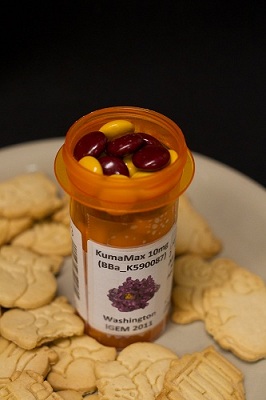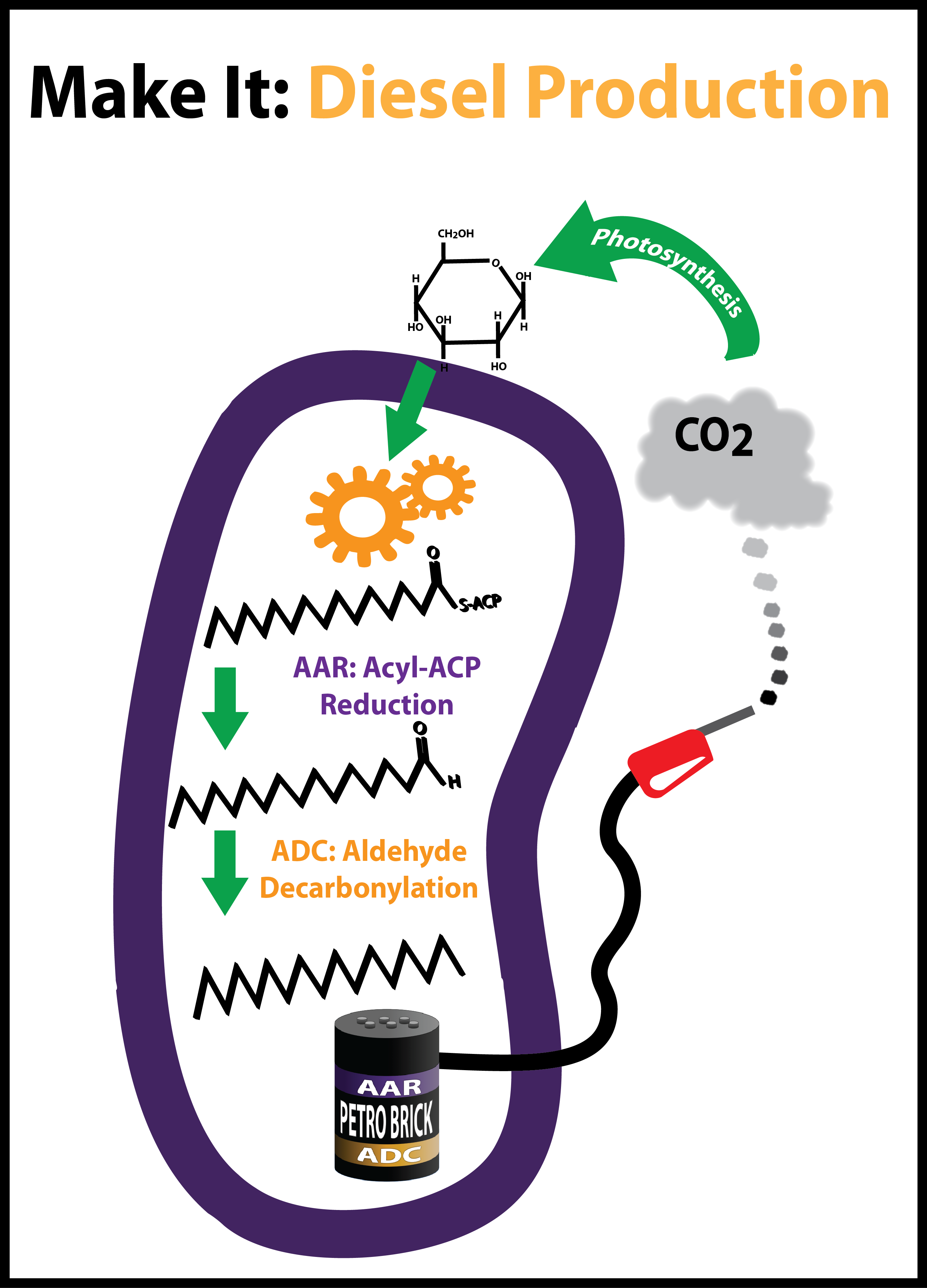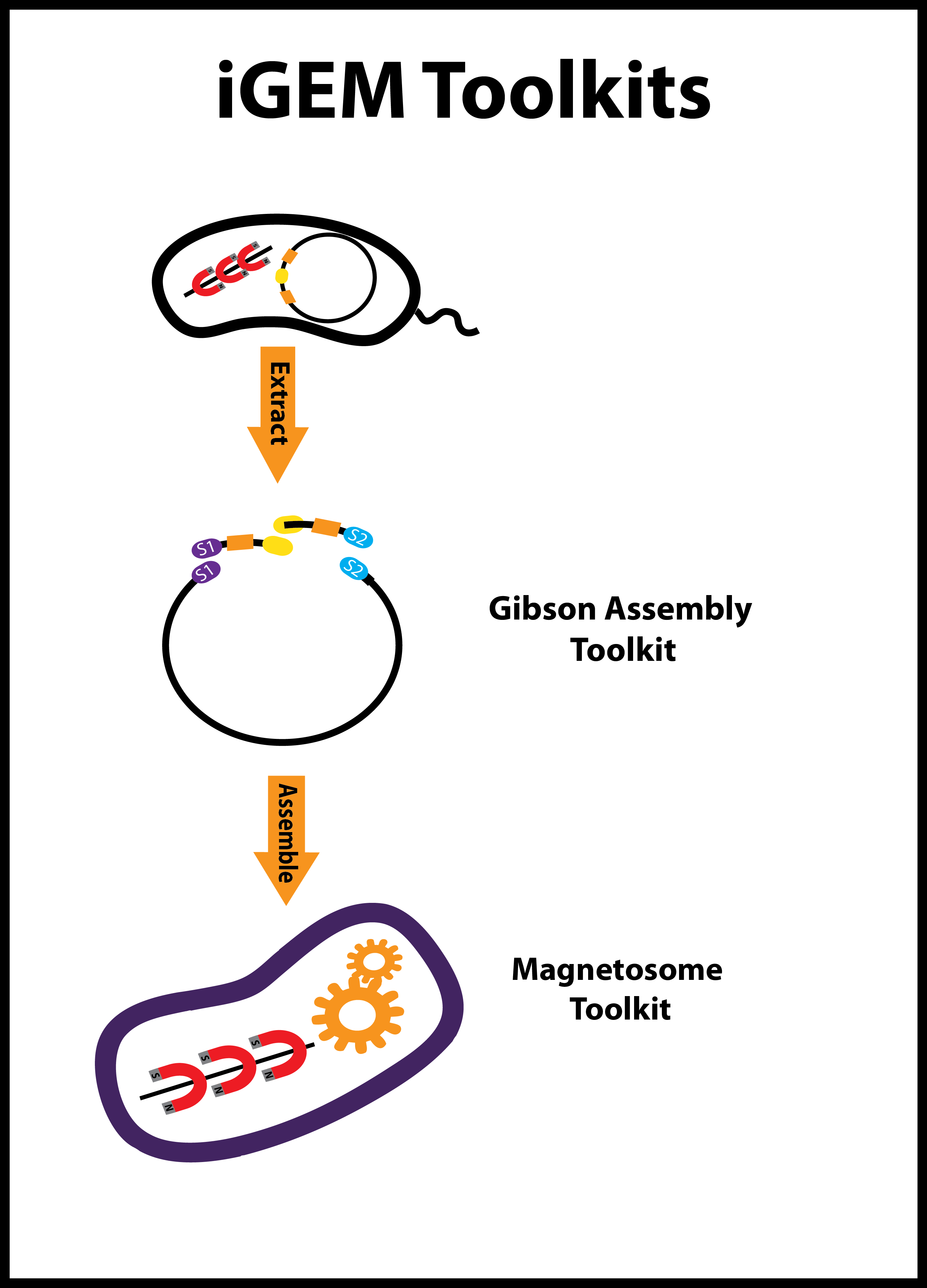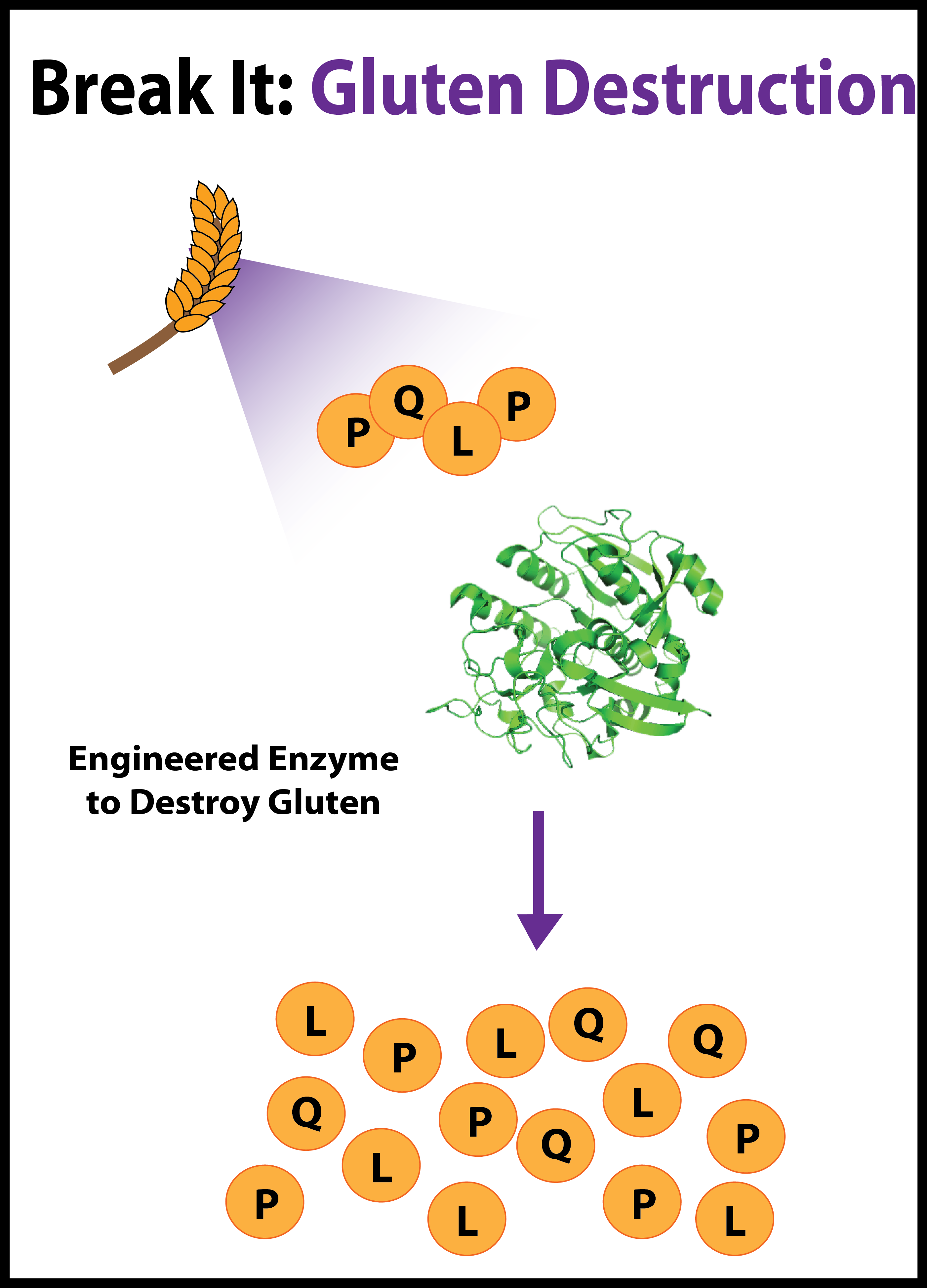Team:Washington
From 2011.igem.org
| Line 36: | Line 36: | ||
[[File:Washington2011_Hhmi_362_72.jpg|link=http://www.hhmi.org/|Howard Hughes Medical Institute]] | [[File:Washington2011_Hhmi_362_72.jpg|link=http://www.hhmi.org/|Howard Hughes Medical Institute]] | ||
[[File:Washington_Spacer.jpg|25px]] | [[File:Washington_Spacer.jpg|25px]] | ||
| - | [[File:Washington2011_NSFlogo.jpg|frameless|border | + | [[File:Washington2011_NSFlogo.jpg|frameless|border|link=http://www.nsf.gov/|National Science Foundation]] |
[[File:Washington_Spacer.jpg|25px]] | [[File:Washington_Spacer.jpg|25px]] | ||
[[File:Washington_Anaspec.gif|frameless|border|100px|link=http://www.anaspec.com|Anaspec]] | [[File:Washington_Anaspec.gif|frameless|border|100px|link=http://www.anaspec.com|Anaspec]] | ||
Revision as of 16:55, 2 December 2011
Make It or Break It:
Diesel Production and Gluten Destruction, the Synthetic Biology Way
Diesel Production and Gluten Destruction, the Synthetic Biology Way
Make It: Diesel Production We constructed a strain of Escherichia coli that produces a variety of alkanes, the main constituents of diesel fuel, by introducing a pair of genes recently shown to convert fatty acid synthesis intermediates into alkanes.
Break It: Gluten Destruction We identified a protease with gluten-degradation potential, and then reengineered it to have greatly increased gluten-degrading activity, allowing for the breakdown of gluten in the digestive track when taken in pill form.
iGEM Toolkits To enable next-generation cloning of standard biological parts, we built BioBrick vectors optimized for Gibson assembly and used them to create the Magnetosome Toolkit: a set of 18 genes from an essential operon in magnetotactic bacteria which we are characterizing to create magnetic E. coli.
![]()

![]() University of Washington
University of Washington
![]()
![]()
![]()
![]()
![]()
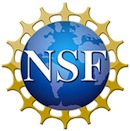
![]() Anaspec
Anaspec
 "
"




